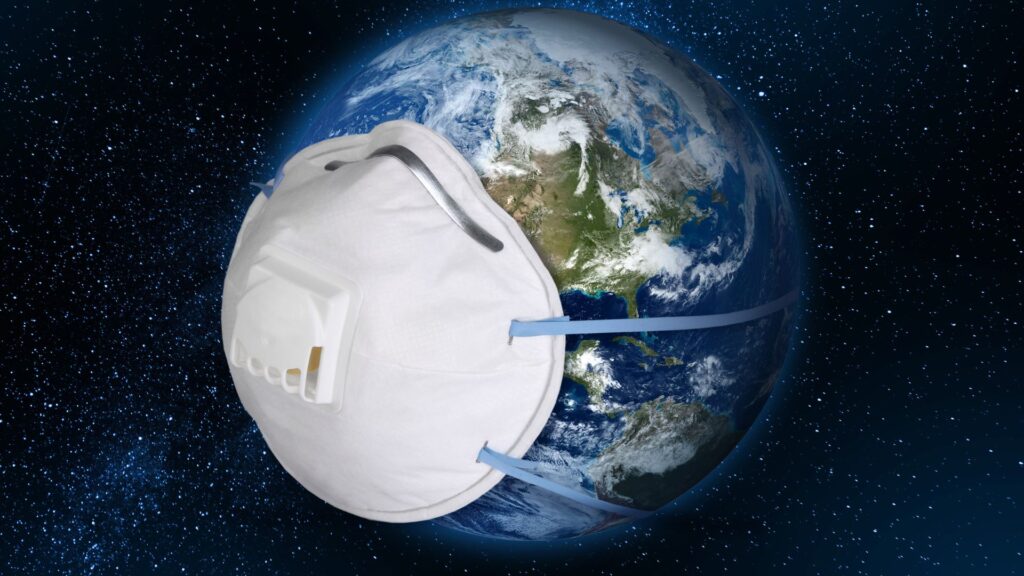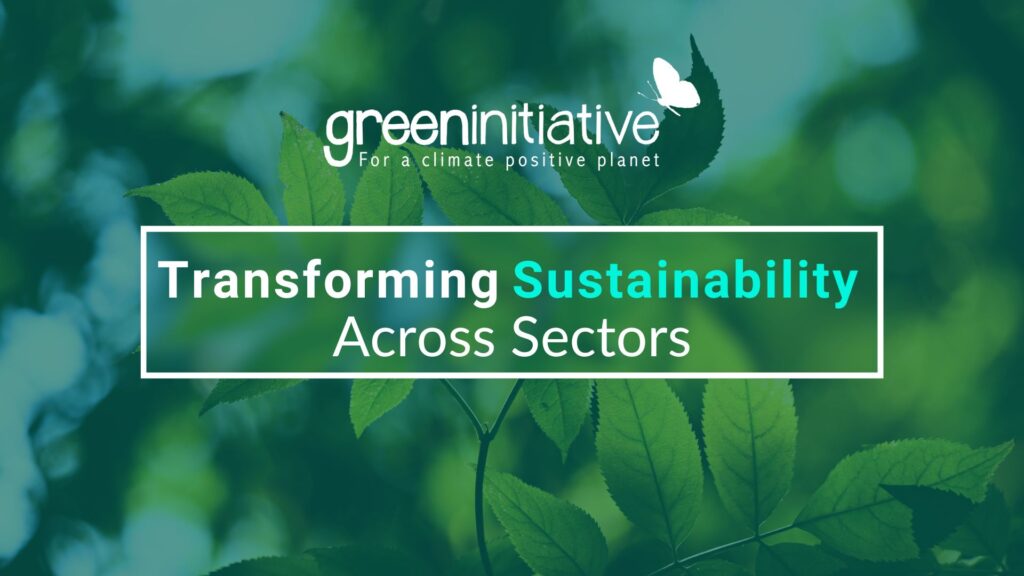Green Initiative’s Leadership in Climate-Smart Tourism at COP28
In an era where environmental concerns are at the forefront of global discourse, the tourism sector is both a beacon of exploration and a contributor to carbon emissions. However, amid this duality, strides toward sustainable practices are being made, exemplified by the Glasgow Declaration and the dedicated efforts of organizations like the Green Initiative. As a signatory of the Glasgow Declaration, it is with immense pride and honor that Green Initiative announces its participation at COP28 in Dubai. Alongside UN Climate Change, on the 10th and 11th of December 2023, the exhibition booths nestled inside the Blue Zone. This presence shows our pivotal role in driving transformative change on the international platform. As a committed signatory of the Glasgow Declaration, Green Initiative has positioned itself as a catalyst for change, focusing on infusing climate action into the fabric of business models. Our unwavering commitment extends to guiding and empowering tourism entities worldwide to curb their carbon footprint and ultimately achieve net-zero emissions before 2050. The transformative journey of the tourism sector aligns harmoniously with the principles outlined in the Glasgow Declaration. This movement is underscored by the Green Initiative’s strategic development of the “Climate Action Guide for Tourism Businesses and Destinations.” This comprehensive roadmap equips stakeholders with practical tools and real-life examples of successful climate mitigation efforts, featuring notable instances like Machu Picchu – The First Carbon Neutral Certified UNESCO Designated Site and Bonito – The First Carbon Neutral Ecotourism Destination in the World. Beyond mere carbon reduction, the Glasgow Declaration advocates adopting eco-friendly and regenerative practices in tourism. Green Initiative stands at the vanguard, actively collaborating with international tourism entities, agencies, and hospitality chains to integrate regenerative approaches. Notably, our initiatives align with the UN Decade for Ecosystem Restoration program, showcasing projects in Peninsula de la Osa, Costa Rica, and Madre de Dios, Peru, to restore 10 thousand hectares (100,000 trees) by 2030. At its core, Green Initiative’s leadership under the Glasgow Declaration embodies a commitment to climate-smart and regenerative tourism. From spearheading decarbonization efforts in renowned destinations to fostering collaborative ecosystem restoration projects in biodiversity hotspots, our endeavors radiate a dedication to promoting positive climate and environmental impacts within the tourism sector globally. Moreover, through initiatives like the “Climate Action Guide for Tourism Businesses and Destinations,” the Green Initiative facilitates a critical alignment between public and private investments with overarching global climate goals. This guide is a beacon for industry leaders and governments, empowering them to steer their efforts toward sustainable, climate-resilient tourism practices. In essence, Green Initiative’s unwavering dedication underscores the vital role of proactive collaboration and sustainable innovation in fostering a tourism landscape that mitigates its environmental impact and nurtures the natural world it so eagerly explores. As we continue to pave the way for climate-positive tourism, our commitment remains a testament to the transformative power of aligned action and conscientious stewardship in safeguarding our planet for future generations.
Green Initiative’s Leadership in Climate-Smart Tourism at COP28 Read More »









